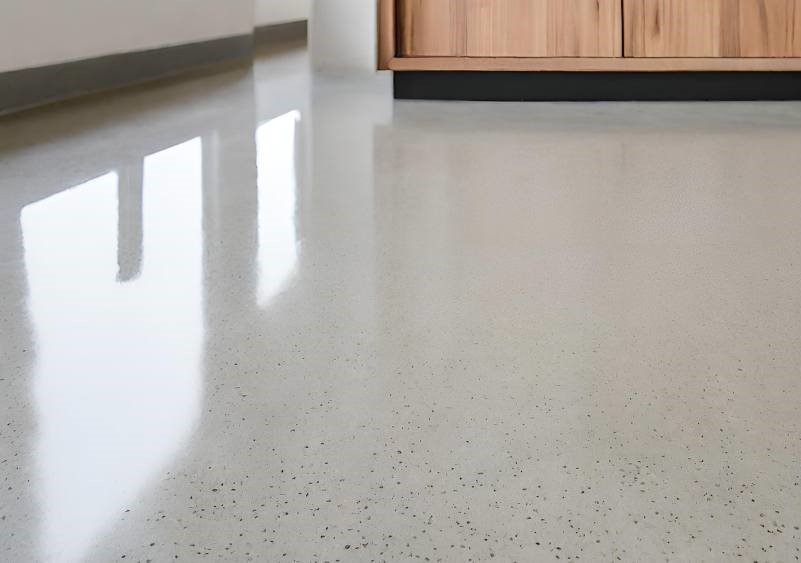Minor scratches can often be buffed out with a good quality floor polish or a fine abrasive pad. For deeper scratches, you might need to use a specialized concrete repair kit or call in a professional. They'll likely grind the surface down slightly and re-polish it to restore that smooth, shiny finish. The key is catching scratches early and addressing them before they get worse.
Use pH-neutral cleaners designed for polished concrete. These cleaners effectively remove dirt and grime without being abrasive. Avoid harsh chemicals and acidic cleaners, as they can damage the sealant and make the surface more susceptible to scratches. Regularly using a microfiber mop can help trap fine particles that might scratch the floor.
High heels, especially those with sharp points, can cause tiny dents or scratches on polished concrete, though the damage is usually minimal due to the floor's durability. Heavy furniture can leave marks or indentations if not handled properly. To protect your floors, use felt pads or furniture sliders under heavy pieces and avoid dragging them across the surface.
Sunlight exposure itself doesn’t cause scratches on polished concrete floors. However, it can cause the floor to expand and contract slightly, which over time might lead to micro-cracks that could make the surface more prone to scratching. To mitigate this, use blinds or curtains to control direct sunlight and maintain a consistent indoor temperature.
Most modern vacuums with soft brush attachments and rubber wheels are safe for polished concrete floors. However, older models with hard plastic wheels or metal components can potentially scratch the surface. To be safe, use a vacuum cleaner specifically designed for hard floors, and ensure it’s free of dirt or debris that could cause scratches.


